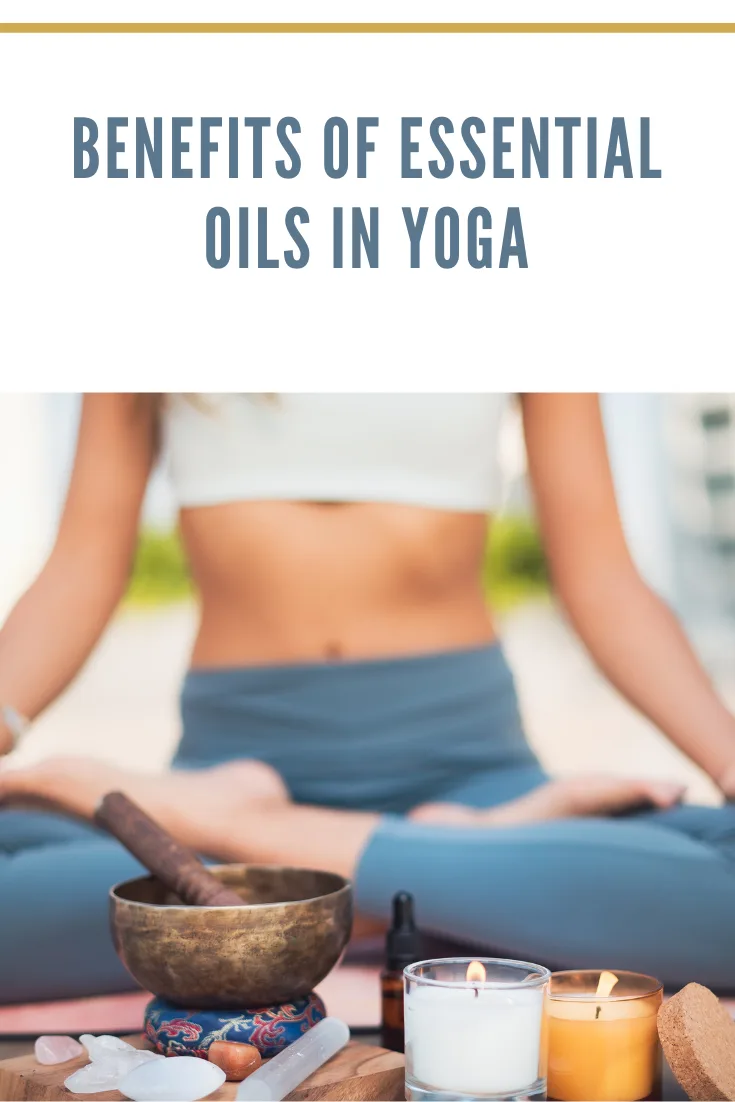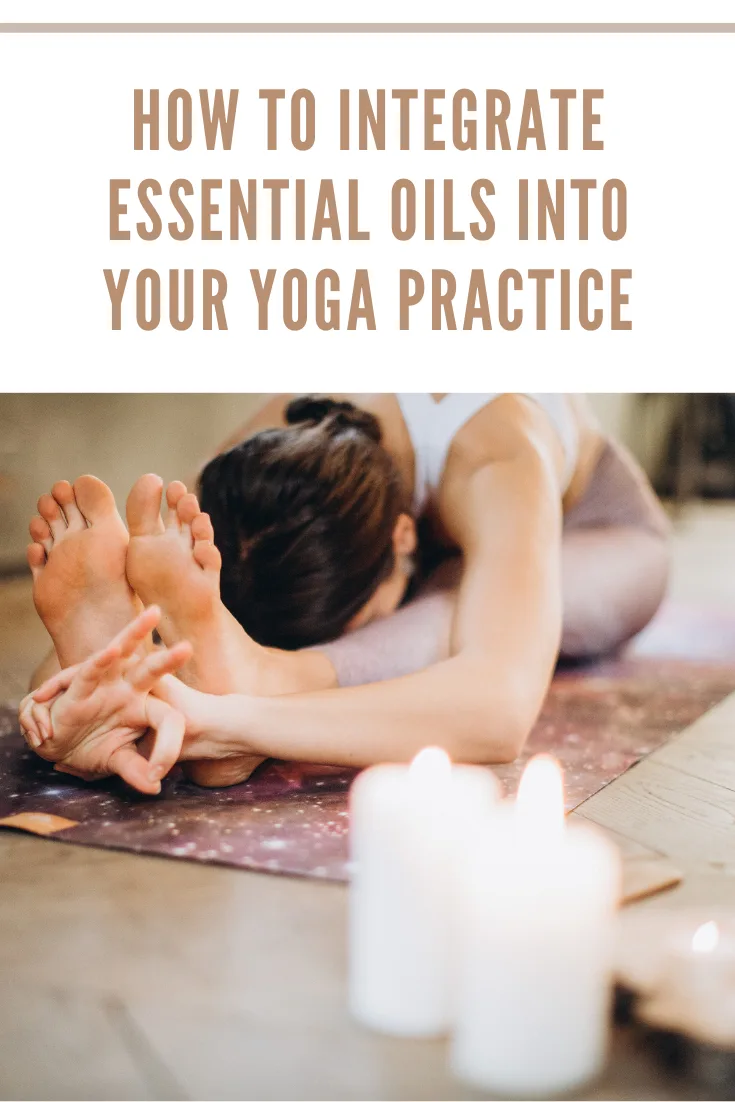People have been indulging in yoga for centuries due to the emotional and physical benefits this practice accrues them. Studies show that it reduces anxiety and helps ease depression by promoting the holistic well-being of an individual. Similar to yoga, aromatherapy strives to improve the well-being of the body, mind as well as that spirit. Thanks to this reason that the popularity of essential oils in yoga classes continues to skyrocket with each dawn. Read on to learn the benefits of using essential oils while doing yoga and how to use them as a yogi.
What is aromatherapy and what are essential oils?
Before we dive into the use of these oils in yoga, It’s important to learn what aromatherapy is as well as essential oils.
In simple terms, aromatherapy is the application or use of essential oils for therapeutic purposes. Depending on the oil in use, aromatherapy helps one achieve concentration, boosts mental clarity, and even boosts the immune system. Essential oils, on the other hand, are potent, aromatic compounds produced through the distillation of certain parts of the plant such as flowers, roots, leaves, and even the bark.

Benefits of essential oils in Yoga
Mental clarity
Mental clarity is incredibly vital in yoga as it enables you to easily drift into meditation which is also an important part of yoga. Without mental clarity, a yogi cannot focus or meditate. Oils such as peppermint and eucalyptus boost blood circulation in the brain, a factor that helps clear any mental fog you may have. When such oils are combined with drops of lavender, they are even more useful as lavender tends to soothe the nerves, enabling you to quickly drift into meditation and make the most of your yoga classes.
Ease anxiety and depression by promoting calmness.
Essential oils such as frankincense and jasmine, are long renowned for fostering peace and calm. They interact with the brain by positively affecting the limbic system which is responsible for emotions. This means when experiencing anxiety or any other emotional disorder, a whiff of such oils helps calm the brain by increasing blood circulation to the limbic system. Again, calmness is a vital aspect of yoga, adding even more reasons for incorporating essential oils into your yoga classes.
Essential oils boost pranayama.
Besides meditation, another important aspect of yoga is pranayama, which means taking deep breaths. Since essential oils boast a beautiful, natural fragrance, having them as part of your yoga class boosts your pranayama as you tend to take in even deeper breaths so you can enjoy the beautiful scent. This offers you double benefits because the deeper breaths you take, the better the blood circulation and the healthier you become.
Promote inner peace and awareness
Essential oils like lavender work directly on the nerves, resulting in relaxation of the body and mind. The state of relaxation increases clarity and receptivity and restores energy levels and optimism, promoting inner peace, joy, and awareness.
Boost self-confidence and inner joy.
Also known as the fragrance of love, rose essential oil has been proven to help promote self-esteem. Other essential oils such as cedarwood and sandalwood aid in relaxation and they also help boost energy levels in your body, which results to you being more optimistic and confident in facing the everyday situation. Yoga is meant to promote holistic well-being in that it also helps you realize inner joy by fostering self-acceptance; hence when combined, such oils can help an individual face the world.

How to integrate essential oils into your yoga practice
There are myriad ways to incorporate essential oils into your yoga practice. Below are some of the easiest
Through diffusion
There are plenty of essential oil diffusers on the market right now. They all come in unique designs, shapes, and sizes, thus spoiling you for choice. But before you buy one, check the buyer’s guide to find the best essential oil diffuser suitable for your yoga practices.
Through topical application
Another way to incorporate essential oils into your yoga practice is by directly applying them to your skin. Mix an essential oil of your choice with a light carrier like jojoba to enable smooth application, and have someone rub this on your limbs, chest, back, or feet at the beginning or end of your yoga practice. Application at the beginning is more recommendable as certain oils tend to enliven you by boosting your ability to concentrate and infuse you with energy.

Essential scented candles or aromatherapy spray
If none of the above suits your type of practice, then the best alternative is to use scented candles. You can also make your aromatherapy spray by mixing an essential oil with water or buy a ready-made one. To use this during yoga, all you need to do is spray it around the yoga room or use it to purify your yoga mat, chair, and even clothes.
Note: We do not recommend the casual ingesting of essential oils. It can cause irritation and possible damage to your organs. Please do not ingest essential oils unless under the supervision of a medical doctor versed in pharmaceutics and an experienced aromatherapist.
